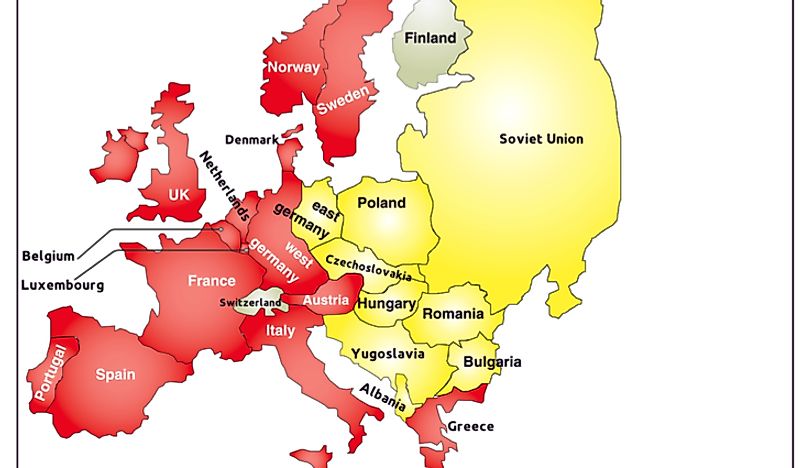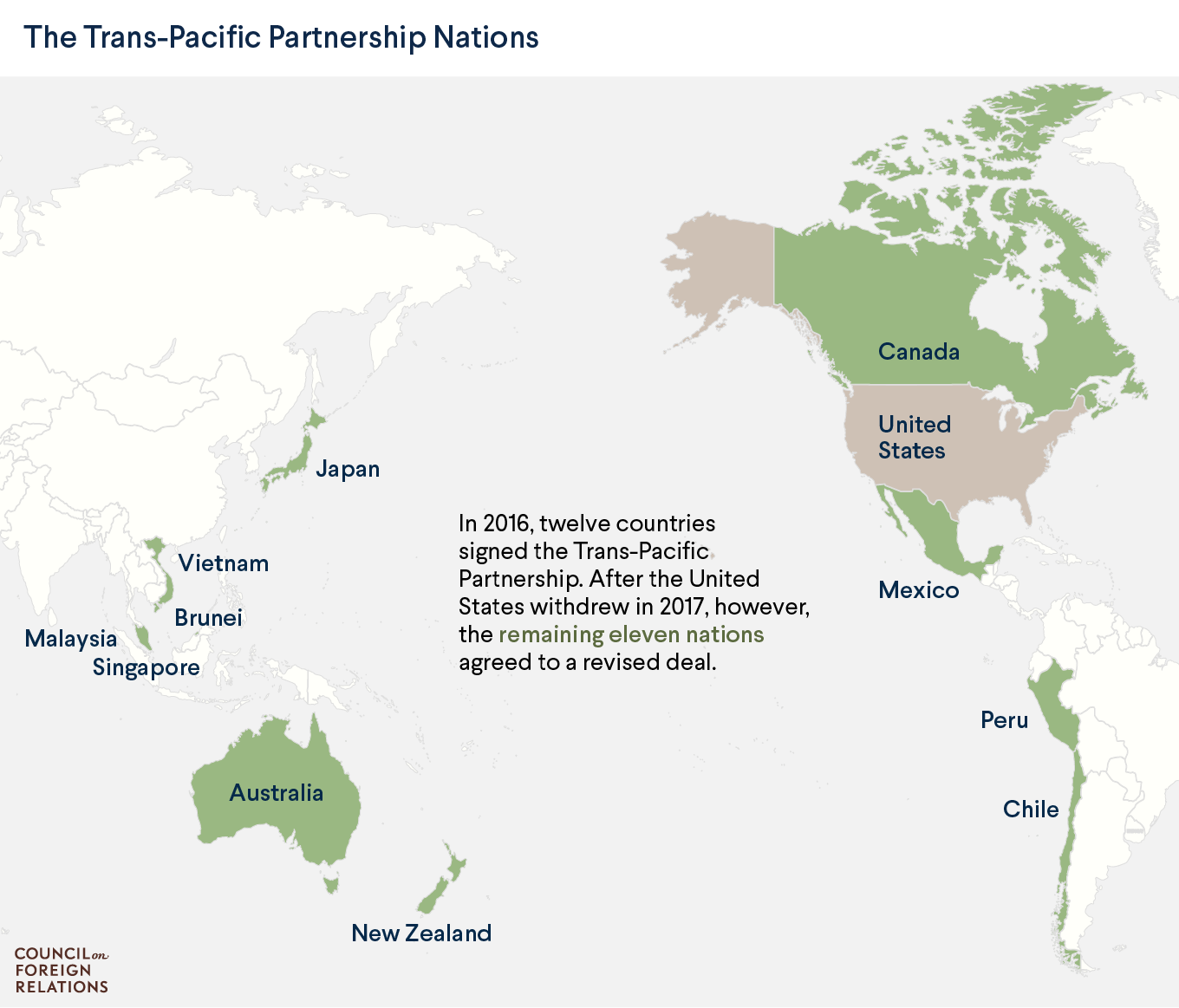

Strong safety nets, access to education that prepares students for the jobs of the future, and policies that help workers become more mobile are all critical to these solutions. These include short-term responses such as training programs and job search assistance, but also long-term solutions that build more resilient economies. We are working to advance policies that help developing countries – and the disadvantaged groups within them - benefit from the opportunities that come with trade and technological change. Trade, with the productivity gains and technological advances that accompany it, can result in job losses in certain regions and industries.

The World Bank Group helps its client countries improve their access to global markets and enhance their participation in the world economy by overcoming these obstacles.ĭespite the benefits trade can bring to economies, not everyone is experiencing the benefits of globalization. Even a country with liberal and transparent trade policy suffers if its markets are not connected, and many of the world’s poorest people live in places that are landlocked, remote or otherwise ill-served by international trade links. Fostering cooperation through trade and business is pivotal in helping countries escape conflict.ĭeveloping countries often struggle with indirect factors that hinder their access to global markets, such as anti-competitive business practices, regulatory environments that are unfavorable to business growth and investment, and limited infrastructure capacity. Exporters in developing countries employ more women than non-exporters and women comprise up to 90 percent of the workforce in export processing zones.

Trade is also linked to higher female labor participation with greater formality and higher wages. As a result, since 1990, over one billion people have moved out of poverty because of economic growth underpinned by better trade practices. Trade has increased incomes by 24 percent globally since 1990, and 50 percent for the poorest 40 percent of the population. Recent research shows that trade liberalization increases economic growth by an average by 1.0 to 1.5 percentage points, resulting in 10 to 20 percent higher income after a decade. Trade is an engine of growth that creates better jobs, reduces poverty, and increases economic opportunity. 25, 2020.The World Bank Group (WBG) helps developing countries improve their access to world markets and enhance their participation in the global trading system. " How tariffs relate to BLS import and export price indexes." Accessed Sept. Bureau of Labor Statistics: Beyond the Numbers. " The Truth About Tariffs." Accessed Sept. " Who Pays the Tax on Imports from China?" Accessed Sept. 25, 2020įederal Reserve Bank of New York: Liberty Street Economics. " Customs Duty Information." Accessed Sept. " Basic Importing and Exporting." Accessed Sept. " China slaps 25% tariffs on $16 billion worth of US goods." Accessed Sept.

" What You Need to Know About Implementing Steel and Aluminum Tariffs on Canada, Mexico, and the European Union." Accessed Sept. " USTR Issues Tariffs on Chinese Products in Response to Unfair Trade Practices." Accessed Sept. Office of the United States Trade Representative.
#TRADE BLOCS HELP COUNTRIES BY QUIZLET FREE#
" Republicans, especially Trump supporters, see free trade deals as bad for U.S." Accessed Sept. In the U.K., it's HM Revenue & Customs (HMRC) that collects the money. Tariffs on imports coming into the United States, for example, are collected by Customs and Border Protection, acting on behalf of the Commerce Department. Tariffs are paid to the customs authority of the country imposing the tariff. It adds to the cost borne by consumers of imported goods and is one of several trade policies that a country can enact. Tariffs are paid by domestic consumers and not the exporting country, but they have the effect of raising the relative prices of imported products.While tariffs may benefit a few domestic sectors, economists agree that free trade policies in a global market are ideal.Tariffs are a type of protectionist trade barrier that can come in several forms.Tariffs, or taxes imposed on imports, have been making news lately as the Trump administration initiated multiple tariff rounds on China and elsewhere.


 0 kommentar(er)
0 kommentar(er)
